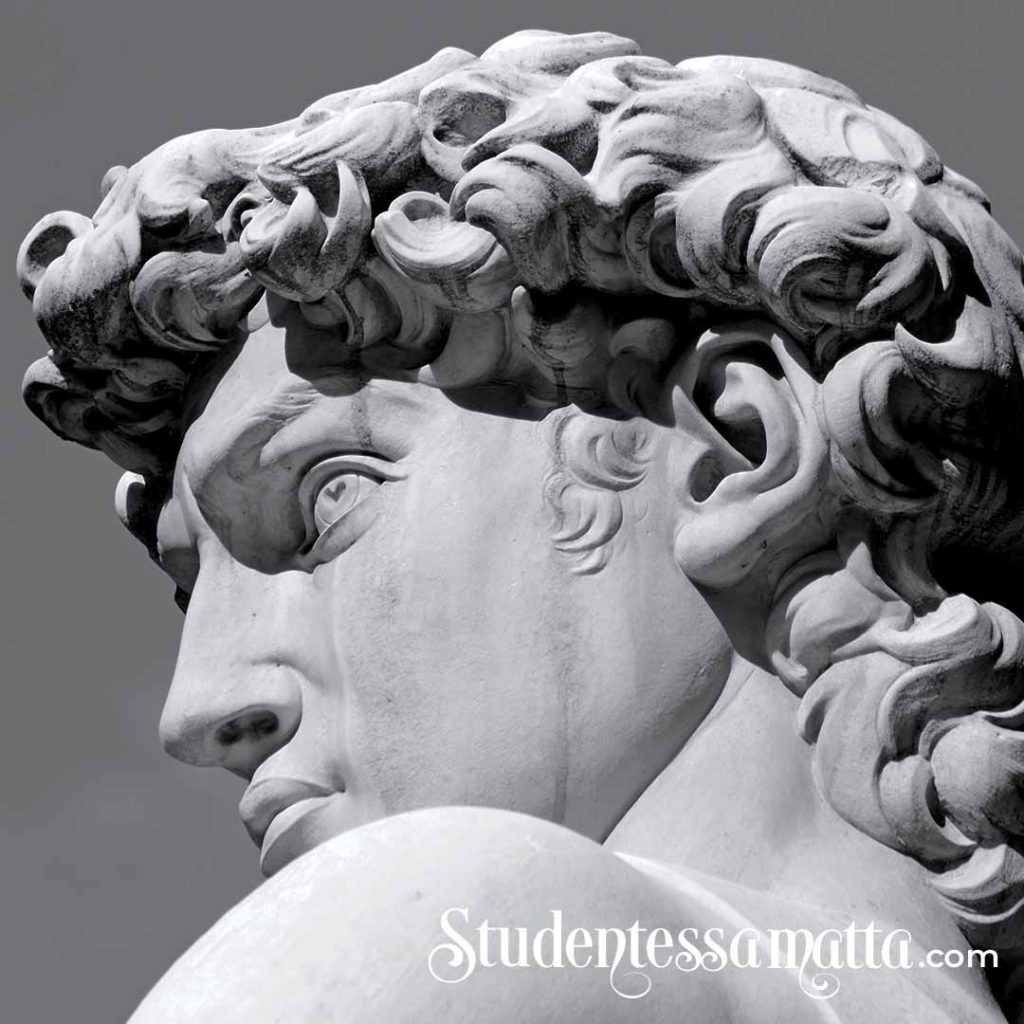
Everyone’s talking about David (and now I’m chiming in too)!
What is the fuss all about?
Why is everyone so hot and bothered?
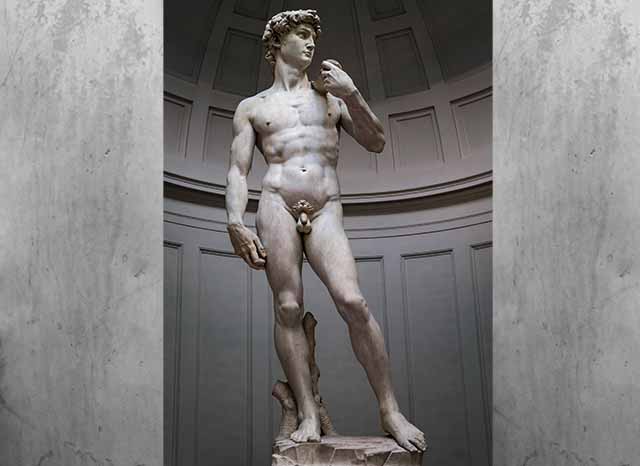
Apparently, someone in Florida just noticed Michelangelo’s 15th-century sculpture of David doesn’t have a stitch of clothes on! They just realized — David, in fact, is stark naked! As a result, a teacher in Tallahassee, Florida, was fired.
It seems ridiculous, just a big joke…
and I should be laughing, but I’m not.
(Well, I laughed a bit at the joke below.)
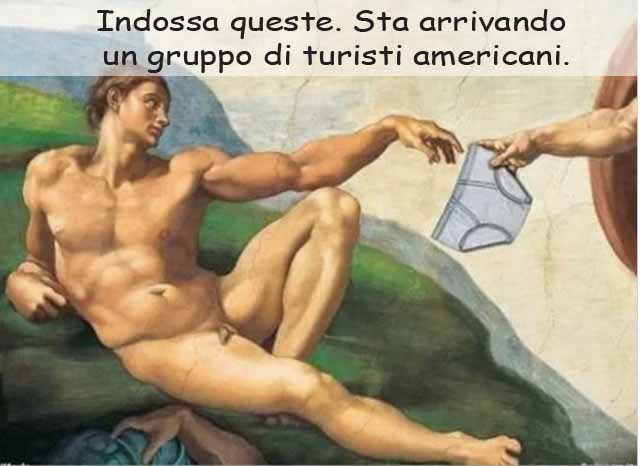
Last week, when three, count them THREE, indignant parents in Florida got wind of the teacher conducting an Art History lesson about Michelangelo to sixth graders, the Renaissance, and the statue of David, they complained to the school board that their children were being exposed to pornography, claiming it was “upsetting” their children. Hope Carrasquilla, the principal, was forced to resign shortly thereafter. As a result of this incident, parents of this school have now won the right to vote on potentially controversial lessons.
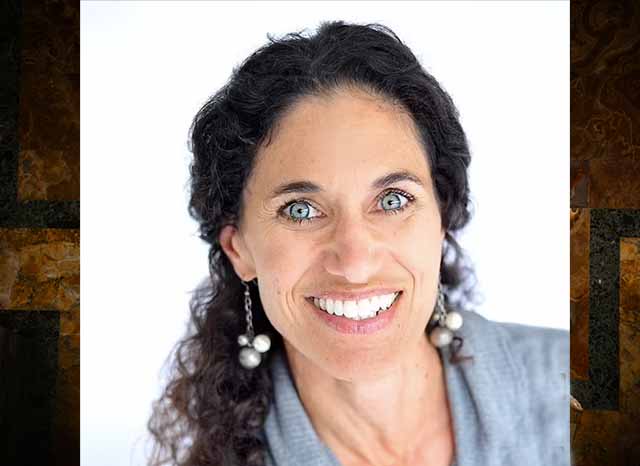
after showing the statue of David to sixth-grade art history class
Since then, it seems the whole world is talking about David, the famous biblical boy from the first book of Samuel, chapter 17 of the New King James Version of the Bible, who slayed Goliath and saved the Israelites from becoming enslaved to the Philistines.
For an art historian, it is kind of exciting when a work of art has the power to ruffle feathers, cause scandal and make people think outside their little boxes. But in this case, it seems quite the opposite has happened. Without seeking to understand, folks have fearfully slammed shut the lids of their boxes and turned off the lights.
Firing a teacher attempting to enlighten her students about Michelangelo’s extraordinary masterpiece — the David, is simply absurd!
Seriously Florida, get over yourself, take an art history course, and grow up.
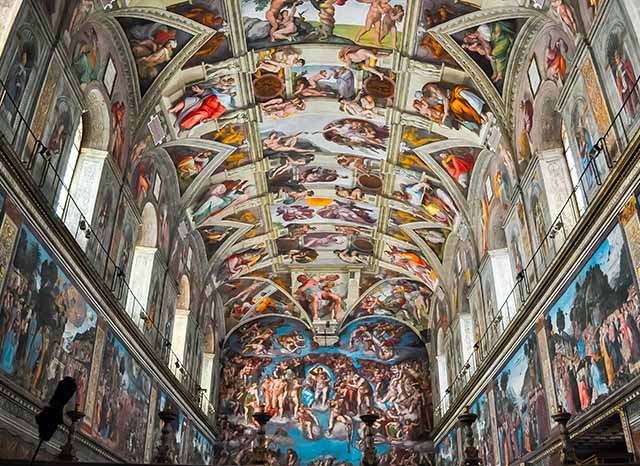
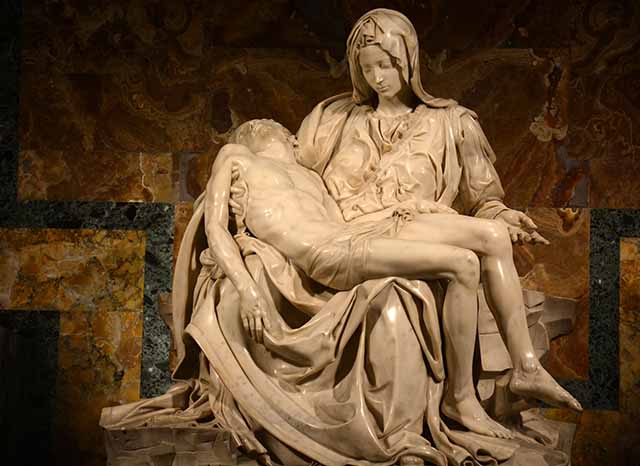
Is David naked… or is he nude?
(There is a difference.)
Art Historian Kenneth Clark made a famous distinction in 1956. He said, “a nude is a work of art that shows the unclothed human to symbolize beauty and truth. To be naked in real life has no positive values.”
And there you have it. Michelangelo’s sculpture of David is nude, not naked. It is not seeking to entice or show off; rather, it represents purity, truth, and moral righteousness. Nothing separates David from his virtuous mission divined by God.
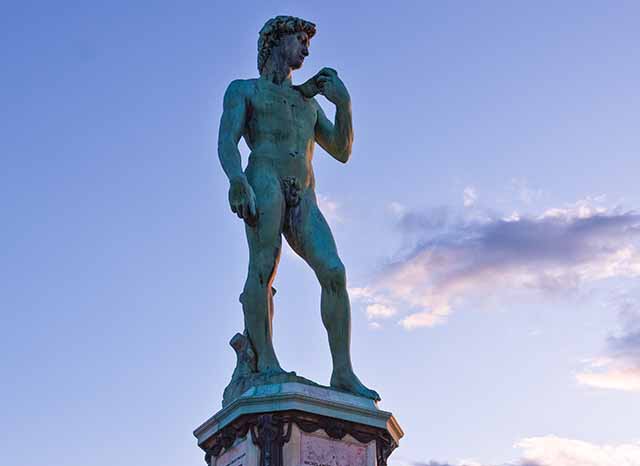
When we talk about Michelangelo and his art, we aren’t talking about dark and disturbing, terrifying works of art (think Mathew Day Jackson or Hermann Nitsch, Artemisia Gentileschi, or Francesco Goya) that appropriately should be viewed and discussed in college classrooms amongst adults. AND We are not discussing pornography or visual material intended to stimulate erotic rather than aesthetic or emotional feelings.
We are talking about Michelangelo — the gifted Renaissance artist who glorified the Catholic Church and was hired by popes to decorate ceilings and carve sculptures of Christ and other biblical figures.
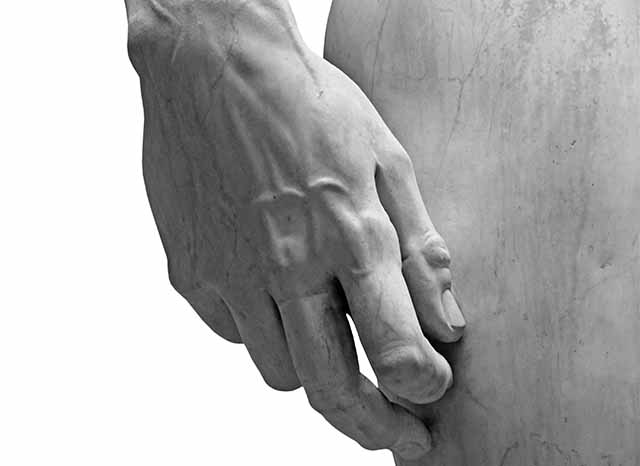
We are talking about Michelangelo’s extraordinary artistic talent to render the human body, the veins, the muscles, cheekbones, arms, legs, all the way down to the toes, so exquisitely and accurately from a single block of Carrara marble.
We are talking about Michelangelo’s intellectual genius in capturing the psychological drama of his carved protagonists, like that of young David, who stands calm and poised as he faces his aggressor, already confident that the rock he holds in his hand when thrown will kill the beast. We see it in the boy’s eyes, his relaxed pose, and the determined set of his jaw.
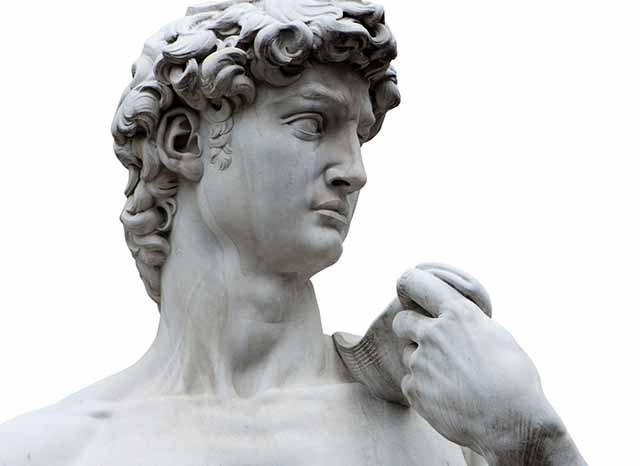
We are talking about a work of art that was commissioned to grace the facade of the Cathedral in Florence, but once completed, was deemed so beautiful, powerful, and extraordinary it was placed in the center of town because the people believed THIS David represented the determination, fortitude, and strength of the Florentine people, that often had to stand up to the Roman bully and adversary — just as David stood up to Goliath.
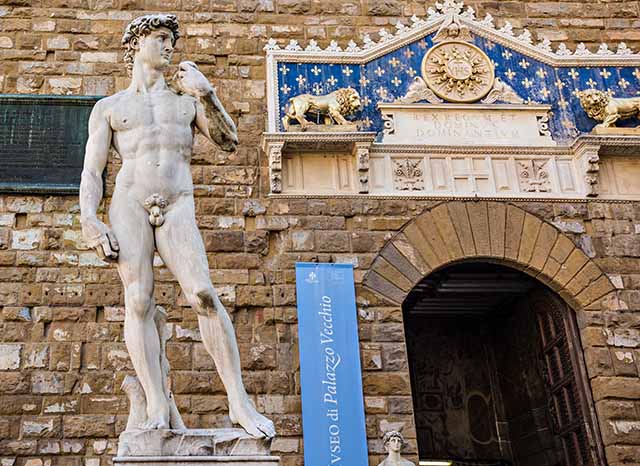
In a phone interview with the Associated Press, Cecilie Hollberg, director of the Accademia Gallery, where the David is housed, commented, “To think that David could be pornographic means truly not understanding the contents of the Bible, not understanding Western culture and not understanding Renaissance art.”
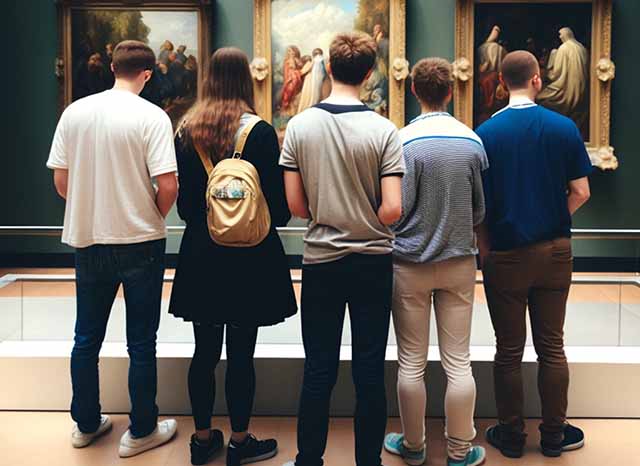
Young people need to learn about the David and the Renaissance. They need to know and understand the importance of this era and the changes that came about by artists like Michelangelo, Leonardo, Botticelli, and Raphael. Educating students about art and culture helps to broaden their horizons and stimulate their critical thinking skills.
For six years, I was the director of the FAME (Fine Arts Music Education program) in the Fremont, California, School district program designed to provide art and music education to children K-6. Introducing Michelangelo and his work was an essential part of our program. The children responded enthusiastically to Michelangelo’s art, the colors he used in his paintings, the natural dexterity of his realistic carvings, and the stories of his subjects.

Canceling teachers… canceling art… and rewriting history simply because a small group lacking experience, knowledge, and expertise finds a curriculum offensive is very dangerous and unforgivable.
Teachers should be encouraged to use creative and engaging methods to teach their students. Art is a valuable tool for achieving this. We rely on teachers to enlighten young people so they may appreciate works of art that are marvels of human creativity and ingenuity, make us better people, give us hope, and continue to inspire.

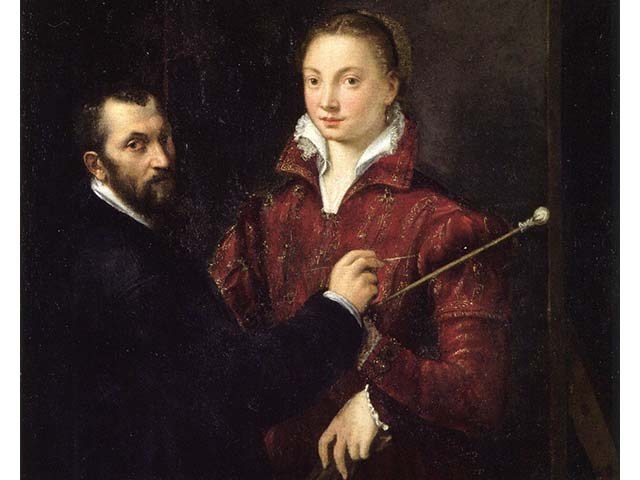
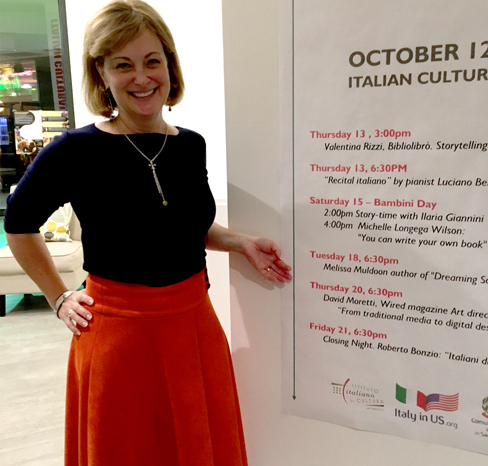

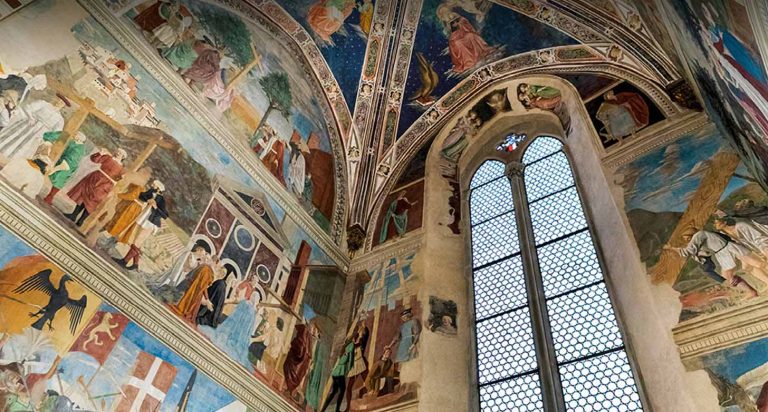
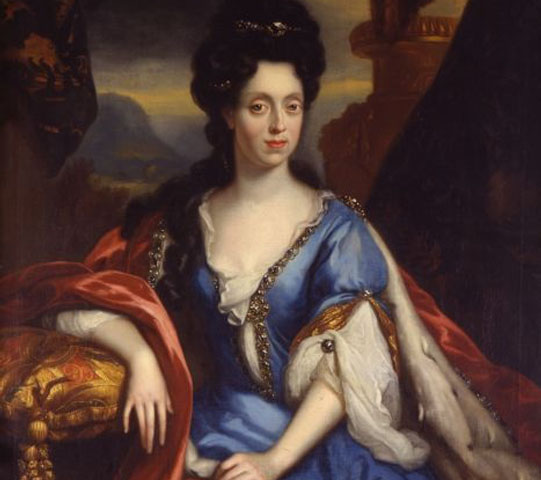
i live in Florida but i love Michelangelo’s work i love all kinds of art like the scream, mona lisa, starry night i am not like the other Floridians and i read a lot about this topic and my opinion the statue is perfectly fine it just some people have to complain about something and try to change the world and they picked Michelangelo’s david statute but i hope the statue will remain like it is i do agree that some people need to grow up it art
I am glad I am not a narrow sighted, obviously sexually confused, cultureless American.